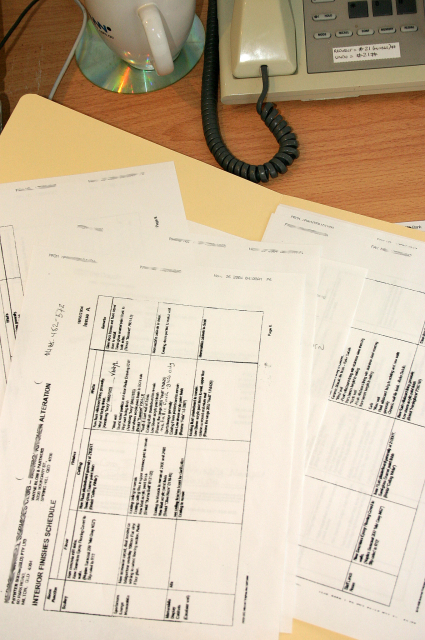While there’s a lot to be said about a snappy presentation for your business plan, it’s as much of a process as it is a final product. Many small business owners are tempted to outsource the creation of their business plan; however, this is a mistake. Think of writing your business plan like preparing a study guide for college exams. Sure, the study guide itself is a useful tool, but the real utility comes from the work that goes into creating it.
Keep reading below to learn about the seven most important sections every business plan should include.
- Executive Summary
The executive summary is the first element of your business plan, though it is should be written last. Since the executive summary will likely be the most read section of your business plan, use it as your opportunity to grab your reader’s attention and let them know why they should continue through the rest of your document or proposal. Executive summaries generally shouldn’t be longer than a couple of single-spaced pages in length, though the actual length will depend on the complexity of your business.
Learn more about how to write a winning executive summary.
- Company Description/Overview
The goal of your company description or overview is to leave your reader with a sense of your company’s overall purpose, the direction it’s heading in, its goals and background. When writing your company description, it can be helpful to break it down into subsections to be sure you cover everything.
Learn more about how to write an effective company description.
- Market Research
The market research section of your business plan is where you explain the need for your product, your target customers, and it’s likelihood to sell. There are two types of market research you can perform: primary and secondary. Primary market research involves talking with prospective customers about their needs, how those needs are currently being met and any improvements they’d like to see. Secondary market research, on the other hand, focuses on data that has already been published. While secondary research a quicker way to establish general baselines in your market research and learn about your competitors, there is no substitute for primary research. The market research section is one of the most important components of your business plan, and you should expect to spend a considerable amount of time gathering the necessary data.
Learn more about how to do market research the right way.
- Products and Services
A business isn’t a business without something to sell, and this section is where you will go into more detail about the products and services your business will offer. You can discuss the overall purpose of your product, how it works, and how you plan to monetize it. This section will be very tailored to your specific business, but there are a few main things you should include.
Learn more about how to write the products and services section of your business plan.
- Marketing and Sales
Even the world’s best managed business with the most revolutionary product or service will fail without customers, and marketing is how you let your customers know you’re in business; it’s all about visibility.
The Internet allows businesses to reach millions of customers like never before, but you need to have a plan. Depending on the type of business you’re starting, you’ll also need a plan for how you plan to sell your product. Will you primarily rely on inbound sales through a website, or are you going to hire independent sales reps to drum up business? These are the kinds of strategic decisions you need to figure out before you go into business. The goal of the marketing and sales section of your business plan is to explain how you plan to generate leads and convert them into customers.
Learn more about how to write a great marketing and sales section for your business plan.
- Financial Projections
No business plan is complete without the numbers to back it up, which makes the financial projections section of your business plan one of the most important. Since your financial projections need to be supported by your overall business plan, you should hold off writing this section until you have the rest of your business plan researched and written. For example, you need to know the size of your target market and how much you can charge for your product and service before you can put a number on your projected revenues.
Lean more about how to develop solid financial projections for your business plan.
- Supporting Documentation (Appendices)
Last, but not least, are the appendices for your business plan. In it, you should include all the documentation and details that support your findings in the other sections of your business plan. Remember, you want to keep your business plan as short and sweet as possible. While the actual research that supports your findings throughout the business plan are useful, if not mandatory, they’re best left at the end. This way, you can keep your business plan short and sweet, and at the same time give its readers the option to dig deeper if they want to. Some common things to include in the appendices of your business plan include: detailed resumes for each of the key members in your company, letters of intention from future customers, legal documentation, pictures of your products or website, and more.
Learn more about how to make the best use of the appendix in your business plan, and what to include in it.
At the end of the day, no two businesses are exactly alike and business plans can take all sorts of forms depending on the nature of your business and your creativity. In fact, today’s entrepreneurs have come up with some very clever alternatives to the traditional business plan. Even so, a snappy presentation is no substitute for the time and energy that goes into a well-researched business plan and the above seven sections are critical to any business plan, whatever the form.




